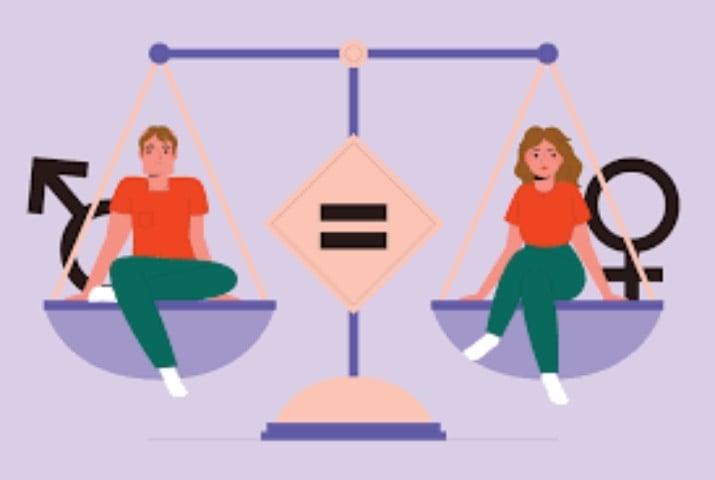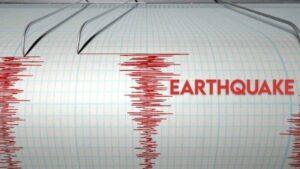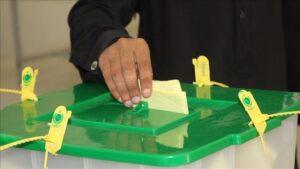Karachi:
Pakistan arrived at the bottom of the rock in the last global gender gap index compiled in the GLOGAL GENDER GAPR GOL GEND GAP REPORT OF THE WORLD FORUM (WEF) Thursday, with its general score of parity decreasing from 57% to 56.7% of last year.
The global gender gap index (GGGI) annually compares the current state and the evolution of gender parity in 148 countries in four key dimensions: economic participation and opportunity, educational achievement, health and survival, and political empowerment.
This year’s overall gender gap report arrives at a time when the world is in flow, since technological advances, geopolitical conflicts and economic uncertainties are creating unprecedented challenges and providing new opportunities.
“Occupy the lower range of the index (148), Pakistan sees its general decrease in the parity score of last year’s edition, from 57% to 56.7%. Pakistan General has closed +2.3 of its gender gap since 2006,” the report said.
“However, this year’s results are a second consecutive fall of the best economy score of 57.7%, achieved in 2023. Parity in economic participation and the opportunity decreases by 1.3 percentage points,” he added.
While economic representation indicators have not changed, according to the report, the disparity of income in Pakistan has increased slightly since the last edition (+.02 points), as well as salary inequality (+4 percentage points).
“The only progress of the subinity recorded by Pakistan in this year’s edition is educational achievement, increasing the educational parity upwards by +1.5 percentage points to reach 85.1%. Part of the change is driven by an increase in female literacy rates (from 46.5%to 48.5%)”.
The report noted that parity had also increased because male registration actions had fallen into tertiary education, increasing the relative balance between men and women, but reducing the general educational scope.
In economics, the report sees that political parity decreases from 12.2% in 2024 to 11% in 2025 (while parity in Parliament increases by +1.2 percentage points, the ministerial representation of women falls from 5.9% in 2024 to zero in 2025.




